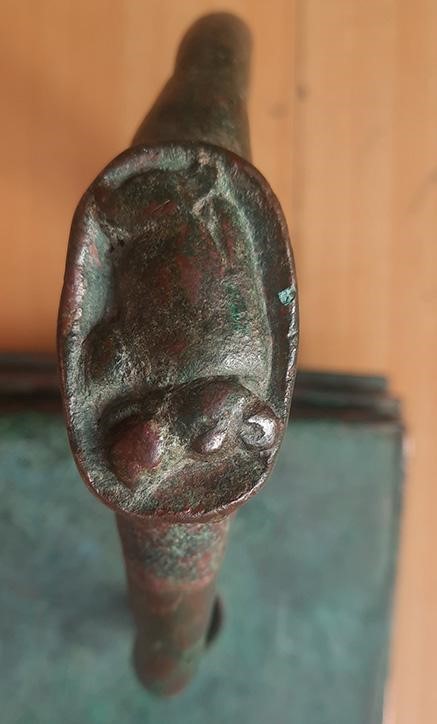





Disclaimer: Copyright infringement not intended.
Context
Findings
Legacy
Biography
|
PRACTICE QUESTION Q) How many of the following statements with reference to Shilabhattarika is/are correct? a. She was a celebrated Sanskrit poetess of ancient India. b. She was the daughter of the Chalukyan emperor Pulakeshin II of Badami. c. She lived in the 7th century CE.
Correct Answer: 3 |
https://epaper.thehindu.com/ccidist-ws/th/th_delhi/issues/34547/OPS/GPCB64TK5.1+GO2B66MT3.1.html










© 2025 iasgyan. All right reserved